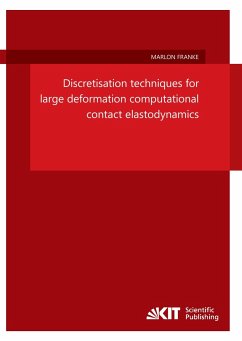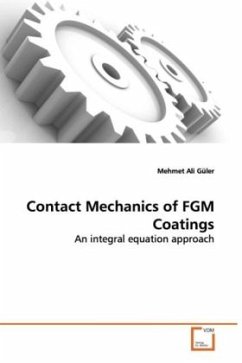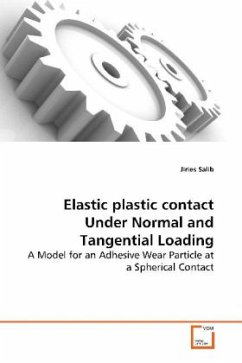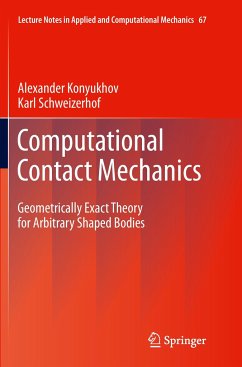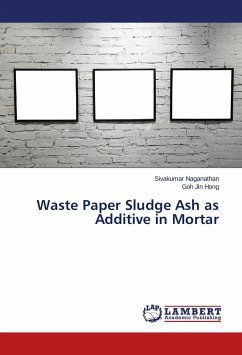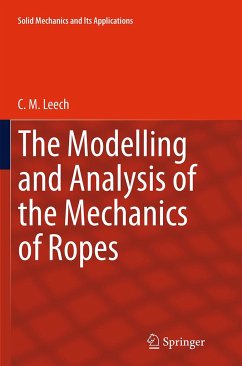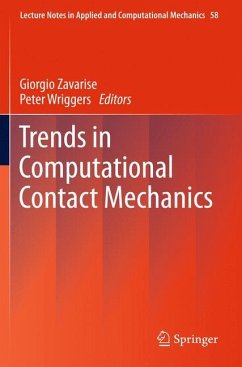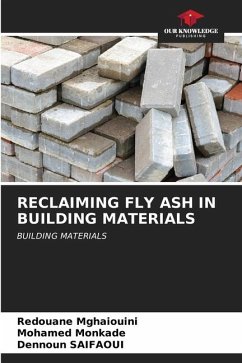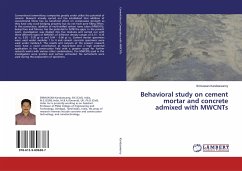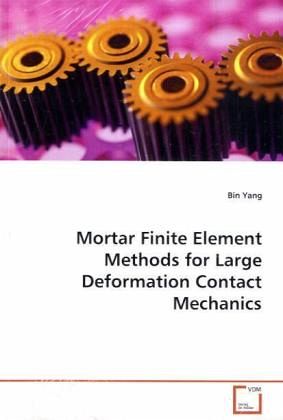
Mortar Finite Element Methods for Large Deformation Contact Mechanics
Versandkostenfrei!
Versandfertig in 6-10 Tagen
52,99 €
inkl. MwSt.

PAYBACK Punkte
26 °P sammeln!
In this work, a mortar finite element formulation is developed for solving large deformation frictional contact problems in a robust and accurate manner. The technique employs an integral projection of contact variables on the contact surface to provide a consistent representation of all contact variables over a single discretization. A new global searching algorithm based on bounding volume hierarchies, with the distinct advantage of output sensitivity, significantly improves the performance of the mortar formulation. The algorithm is extended to self-contact problems by applying a curvature ...
In this work, a mortar finite element formulation is
developed for solving large deformation frictional
contact problems in a robust and accurate manner.
The technique employs an integral projection of
contact variables on the contact surface to provide
a consistent representation of all contact variables
over a single discretization. A new global searching
algorithm based on bounding volume hierarchies, with
the distinct advantage of output sensitivity,
significantly improves the performance of the mortar
formulation. The algorithm is extended to self-
contact problems by applying a curvature criterion
with a new algorithm to detect subsurface
adjacencies. Finally, a lubricated contact
formulation based on the mortar element method is
developed. The fluid film thickness is computed with
a least squares projection based on dual basis
functions. Numerical examples presented in this book
demonstrate the superior performance of mortar
finite element methods for contact simulations.
developed for solving large deformation frictional
contact problems in a robust and accurate manner.
The technique employs an integral projection of
contact variables on the contact surface to provide
a consistent representation of all contact variables
over a single discretization. A new global searching
algorithm based on bounding volume hierarchies, with
the distinct advantage of output sensitivity,
significantly improves the performance of the mortar
formulation. The algorithm is extended to self-
contact problems by applying a curvature criterion
with a new algorithm to detect subsurface
adjacencies. Finally, a lubricated contact
formulation based on the mortar element method is
developed. The fluid film thickness is computed with
a least squares projection based on dual basis
functions. Numerical examples presented in this book
demonstrate the superior performance of mortar
finite element methods for contact simulations.



